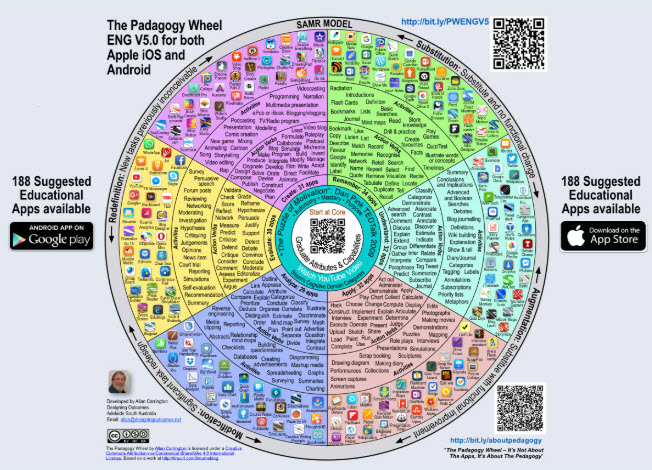
Why is it important for our higher education learners to receive positive reinforcement? Do adult learners have this need? In what ways can instructors provide their adult learners with positive reinforcement?
Sharp (2011) lays it down beautifully, explaining that as we grow up we receive incentives, prices, stickers, and encouragement for the most mundane actions such as making our beds. However, as we grow and become more self-motivated, the amount of positive reinforcement declines exponentially by the time we pursue higher education.
Continue reading







